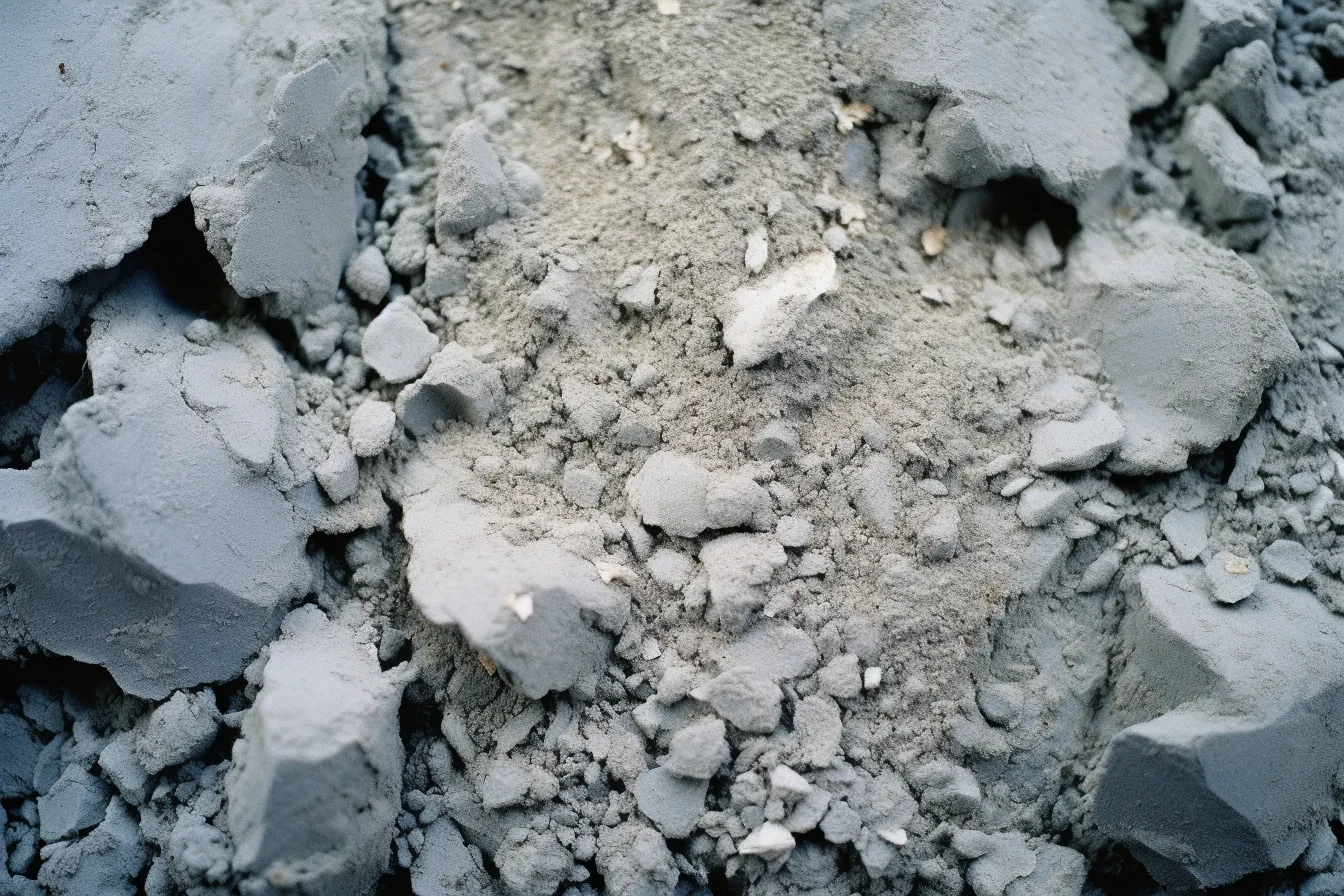Concrete bridges are engineering marvels that have stood the test of time, connecting communities and enabling seamless transportation. These monumental structures are not only aesthetically pleasing but also built to be durable and long-lasting. In this article, we will delve into the technicalities behind the construction of concrete bridges, exploring the factors that contribute to their impressive lifespan and structural integrity. Whether you are a civil engineering enthusiast or simply curious about the engineering behind these magnificent structures, this article will provide you with valuable insights and knowledge.
Concrete as the Building Block
Concrete serves as the fundamental building block for constructing bridges, thanks to its exceptional strength and durability. Composed of cement, sand, aggregate, and water, concrete possesses a unique ability to withstand heavy loads and resist the harsh effects of weathering and corrosion. The key to its strength lies in the chemical reaction that occurs between cement and water, creating a solid and rigid material that can support substantial weight and stress.
The Role of Reinforcement
While concrete alone exhibits impressive strength, reinforcement plays a crucial role in enhancing the structural integrity of concrete bridges. Reinforcing steel bars, commonly referred to as rebar, are strategically placed within the concrete in areas prone to tension and bending forces. This combination of steel and concrete, known as reinforced concrete, creates a composite material that effectively distributes stress and prevents the formation of cracks or failures.
Designing for Structural Stability
One of the critical aspects of constructing a concrete bridge is designing it for structural stability. Engineers utilize advanced computer modeling and simulation techniques to determine the optimal bridge dimensions, support systems, and load-carrying capacity. By considering factors such as traffic volume, environmental conditions, and anticipated loads, engineers can ensure that the bridge is designed to withstand the expected forces over its lifespan.
Protecting Against Corrosion
Corrosion poses a significant threat to the longevity of concrete bridges, particularly in areas exposed to harsh weather conditions or high levels of moisture. To combat this, a variety of protective measures are employed. For instance, an epoxy coating can be applied to the surface of the bridge, providing a barrier against corrosive elements. Additionally, cathodic protection systems can be implemented, where a sacrificial anode is attached to the bridge to attract corrosive ions and prevent them from attacking the concrete.
Maintenance and Inspection
Maintenance and regular inspections are crucial for ensuring the continued safety and functionality of concrete bridges. These inspections involve thorough examination of the bridge structure, identifying any signs of deterioration or damage. Prompt repair and maintenance actions can then be taken, such as replacing damaged components, reinforcing weakened areas, or applying protective coatings. With proper care and attention, concrete bridges can last for many decades, serving as reliable transportation links for generations to come.
Concrete bridges are remarkable engineering achievements, embodying strength, durability, and timeless beauty. Understanding the technicalities involved in their construction allows us to appreciate the remarkable feats of engineering that make these structures possible. As you traverse a concrete bridge in the future, take a moment to marvel at the ingenuity and craftsmanship that went into creating this modern infrastructure.
